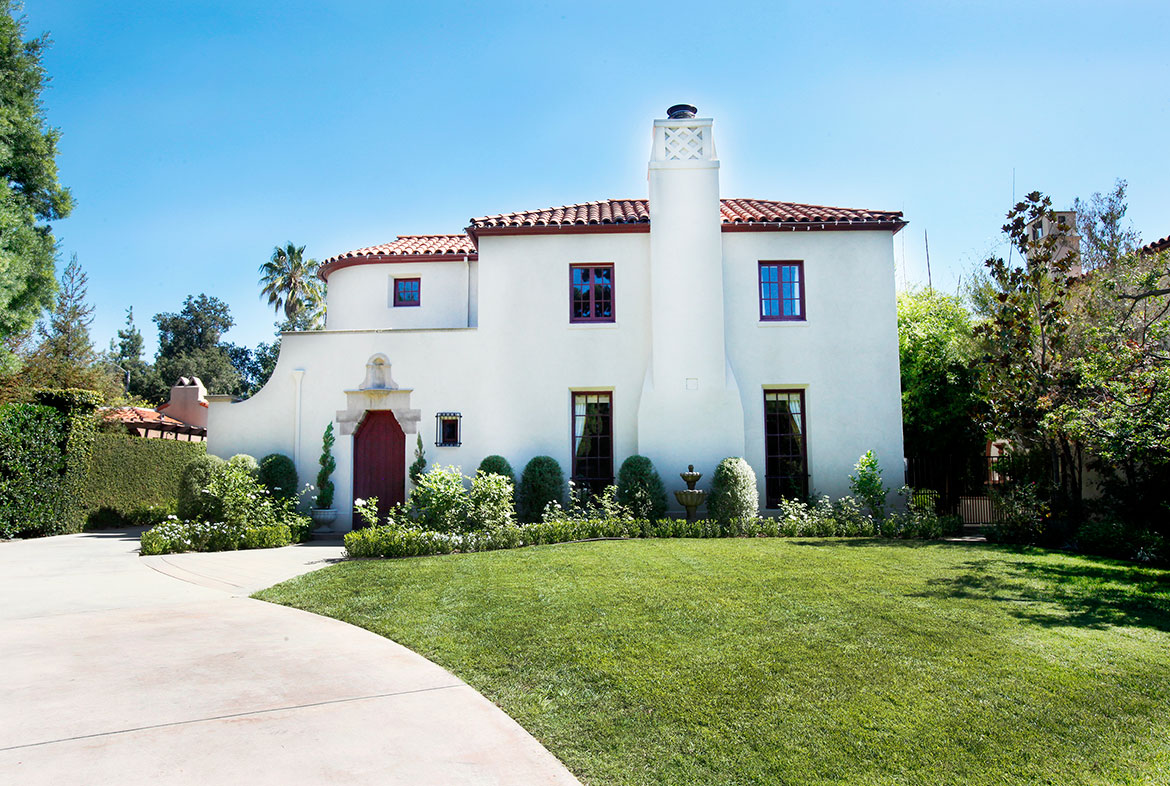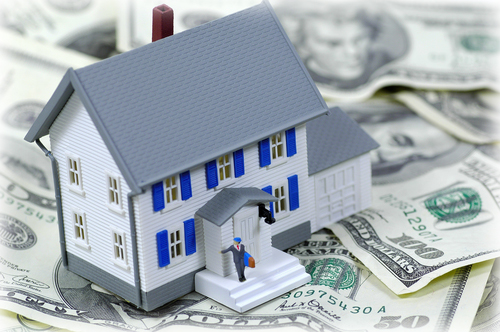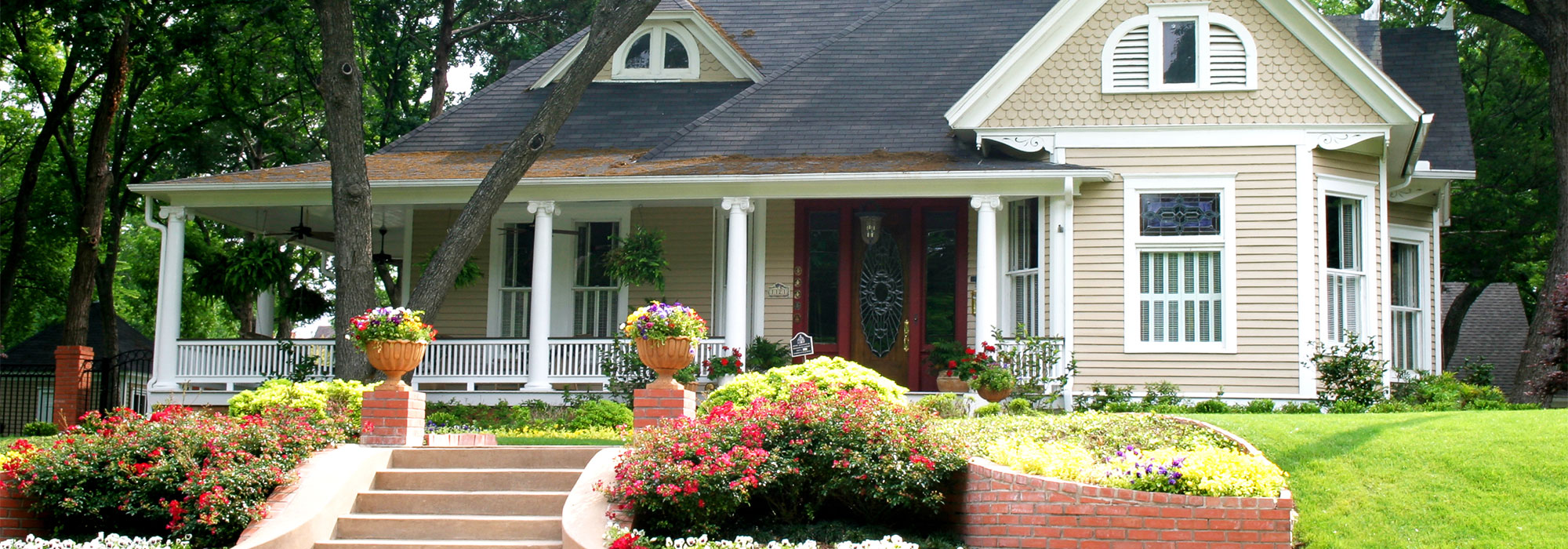
Broker Associate
Know the state of your market
A balanced housing market is usually defined as one with an average inventory of 6.5 months. When inventory lingers well above a period of inactivity, you have a buyer’s market which signals that sellers must get more serious about price reductions, credits and throw-ins. However, these averages don’t necessarily reflect demand in certain desirable and undesirable submarkets.
You can visit Realtor.org for such market home sales data by state or to a local agent, business journal and daily newspaper you can read online.
It may be a seller’s market but …
Home sellers can do several simple things to enhance appearance, increase buyer interest and boost their home’s profile:
- Renew selectively: Instead of wholesale renovations from which sellers recoup maybe 60 percent on investment, do light makeovers everywhere, with an eye on the kitchen and bathrooms. They’re far more cost-effective.
- Clean, clean and clean some more: It’s hard for buyers to picture themselves living in a dirty house. Scrub floors, baths, kitchens, windows and walls, and be sure to clean, vacuum and deodorize rugs. This is simple but effective.
- Depersonalize, declutter: Show the space, not the contents. Box up family photos, kids’ school papers and excess art, and store bulky and worn furniture. Organize your closets to make them look half empty.
- Illuminate: Think bright and cheery. Open drapes and add brighter light bulbs in dark areas. Repaint where needed but use neutral colors.
Top Secret:
Find out what your home is worth, then shave 15 to 20 percent off the price. You’ll be stampeded by buyers with multiple bids — even in the worst markets — and they’ll bid up the price over what it’s worth. It takes real courage and most sellers just don’t want to risk it, but it’s the single best strategy to sell a home in today’s market
The grass is always greener …
Keep in mind, buyers have already judged your home before they walk through the door. You never have a second chance to make a first impression.
A little greening outdoors is a must. Surveys show that strong curb appeal can increase prices by 10 percent or more. Greener grass, whether derived from new sod or fertilizer and water, is a must.
New shrubs, plantings and flowers also project a welcoming feel. Sellers typically enjoy a 100 percent return on the money they put into curb appeal.
Another form of green, sustainable landscaping has become a value-add for buyers. Native plants, native grasses and perennials that require less water and attention fill that bill.
Are you going to sale your home in the spring?
First, grab your camera or smartphone and do an exterior photo shoot, in the summer when everything is green or early fall with the leaves changing colors.
It’s a much better way to showcase your home than to wait until late winter when everything is still dead and brown. If you live in a location where it snows. Take some landscape shots after the first snow, ideally on a sunny day, to show how cozy your place looks in winter.
Take a preliminary inventory, too. Look through your attic, closets, basement and garage to see what stored items you’ll want to keep, give away or sell in the spring. This will help you determine whether you’ll need a storage unit when your home is on the market and if there are any problem areas that need repairs or attention.
It’s also a good time to start discussing financing options with a local lender and interview prospective listing agents who also might provide additional preparation tips.
Finally: Always be ready to show
Your house needs to be “show-ready” at all times – you never know when your buyer is going to walk through the door. You have to be available whenever they want to come see the place and it has to be in tip-top shape. Don’t leave dishes in the sink, keep the dishwasher cleaned out, the bathrooms sparkling and make sure there are no dust bunnies in the corners. It’s a little inconvenient, but it will get your house sold.




